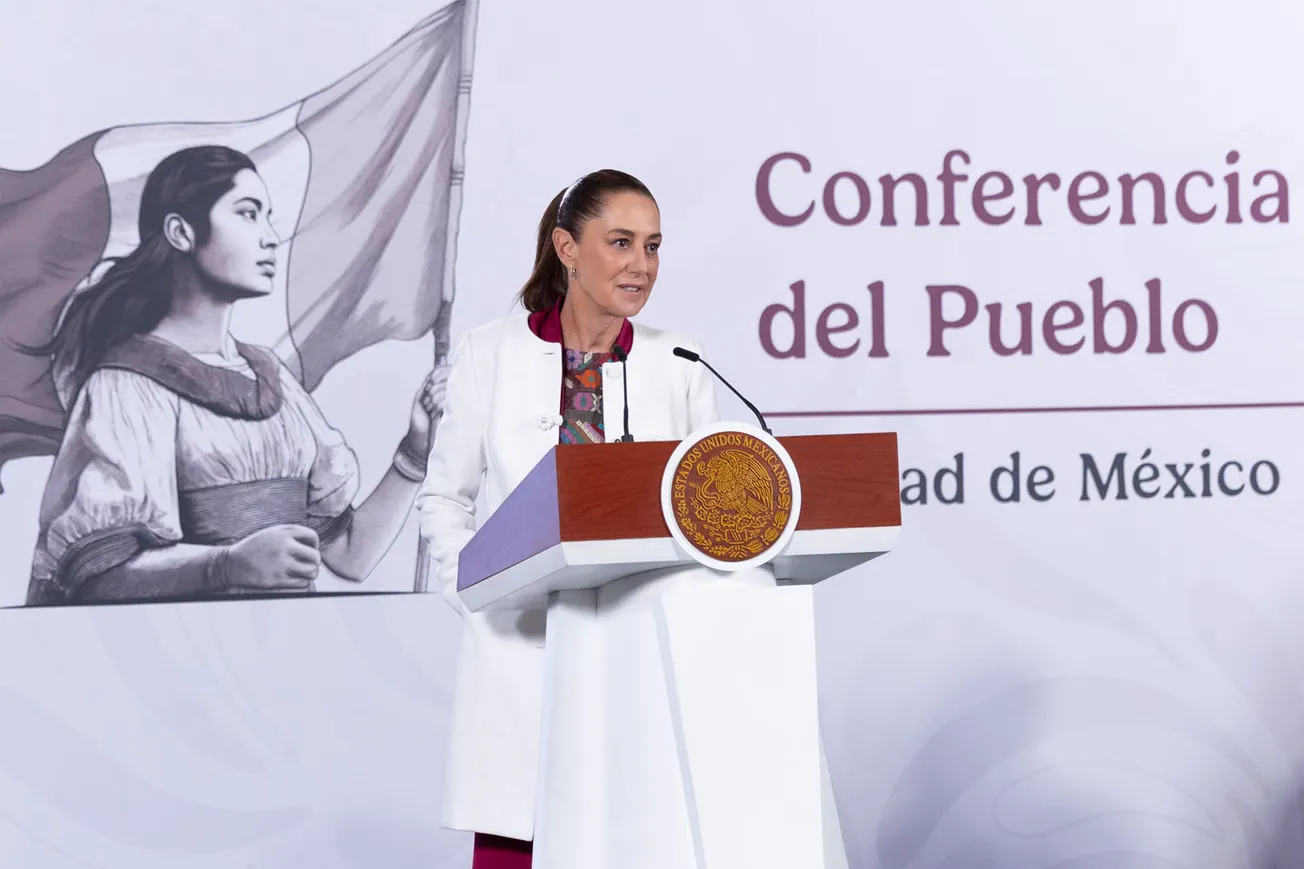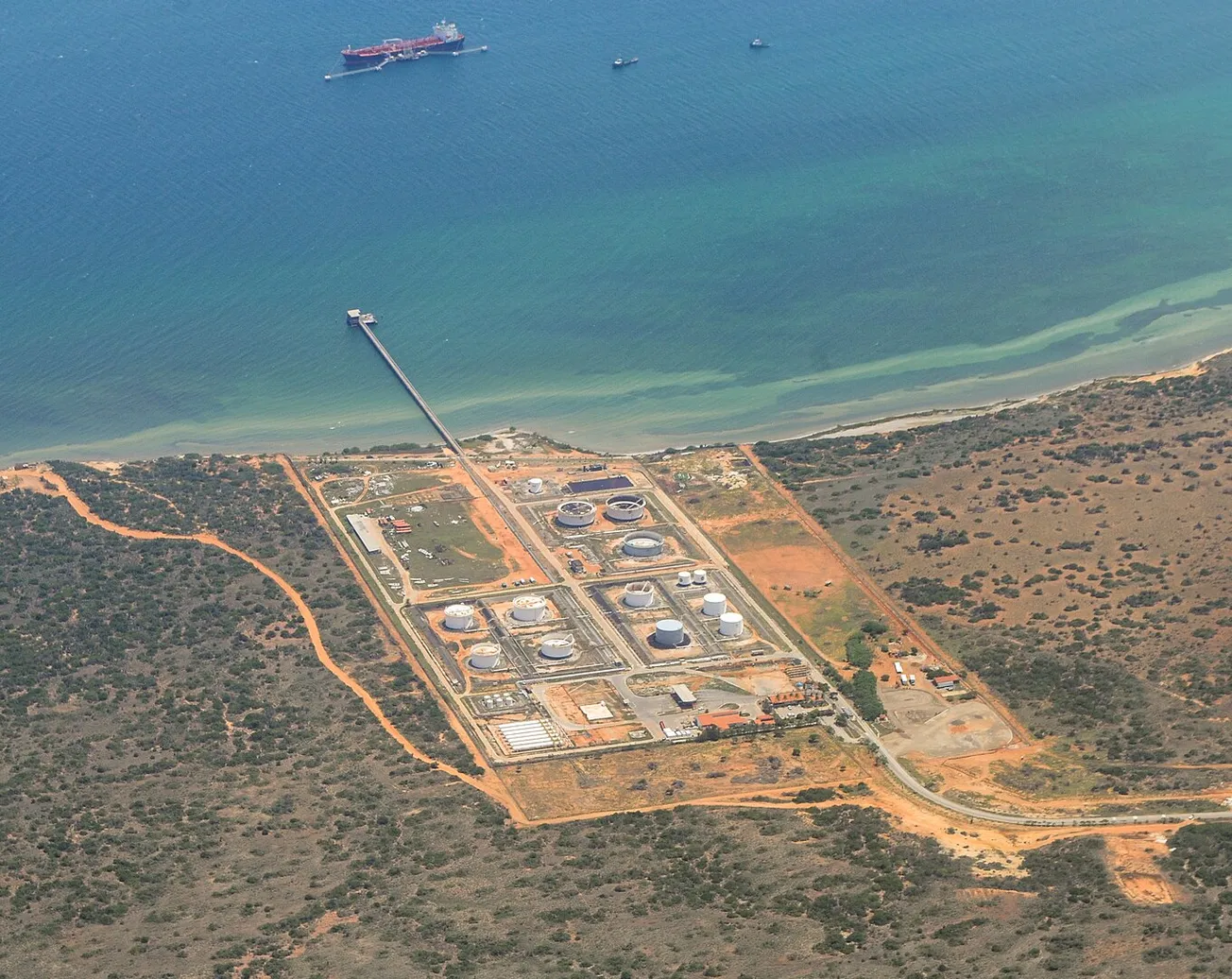According to the Sept. 13 South China Morning Post, a group of companies that manage the development of grain production and infrastructure in Russia’s Ural Mountains, Siberia and the Russian Far East signed an agreement Sept. 11 with the state-run China Chengtong International Investment Co. to create a logistics hub located between Russia’s Vladivostok and China’s northeastern province of Heilongjiang. The agreement for the new hub, named Grain Terminal Nizhneleninskoye-Tongjiang, was signed at the Eastern Economic Forum (EEF) in Vladivostok.
Among other things, this logistics agreement reflects shifting crop and trade patterns, as developing nations and those of the Global South create new mechanisms for trade outside the clutches of the big cartels. This Russia-China land corridor will provide for China’s food security and help stabilize the international grain markets.
Last week, Chinese President Xi Jinping visited Heilongjiang, noting that the region must become an important gateway in China’s “northward opening-up.” SCMP points out that the Trans-Baikal Grain Terminal, affiliated with the New Land Grain Corridor, also secured a contract Sept. 11 with China’s Guangdong BestCon Intelligent Equipment firm to create the first specialized land grain fleet in Russia, which can serve as an alternative to sea routes.
China’s semiofficial Global Times emphasizes how important Russia-China cooperation is for China’s food security, and that the new corridor could potentially further increase bilateral grain trade by providing a new transportation solution for grain cooperation.
Compared to traditional air and maritime transport, land transport is faster, more flexible and more reliable. China is aiming to diversify its food imports, and diversified food transport can help reduce China’s grain import risk and the time and cost of food imports.
China has made great strides in improving its food self-sufficiency, both for staples and grain production. However, it must feed 1.5 billion people while having only 7% of the world’s arable land. It has worked at diversifying its food structure and imports of foods such as soybeans, corn, wheat, potatoes and other agricultural products GT reports. Russia has historically been a key source of agricultural products for China.





